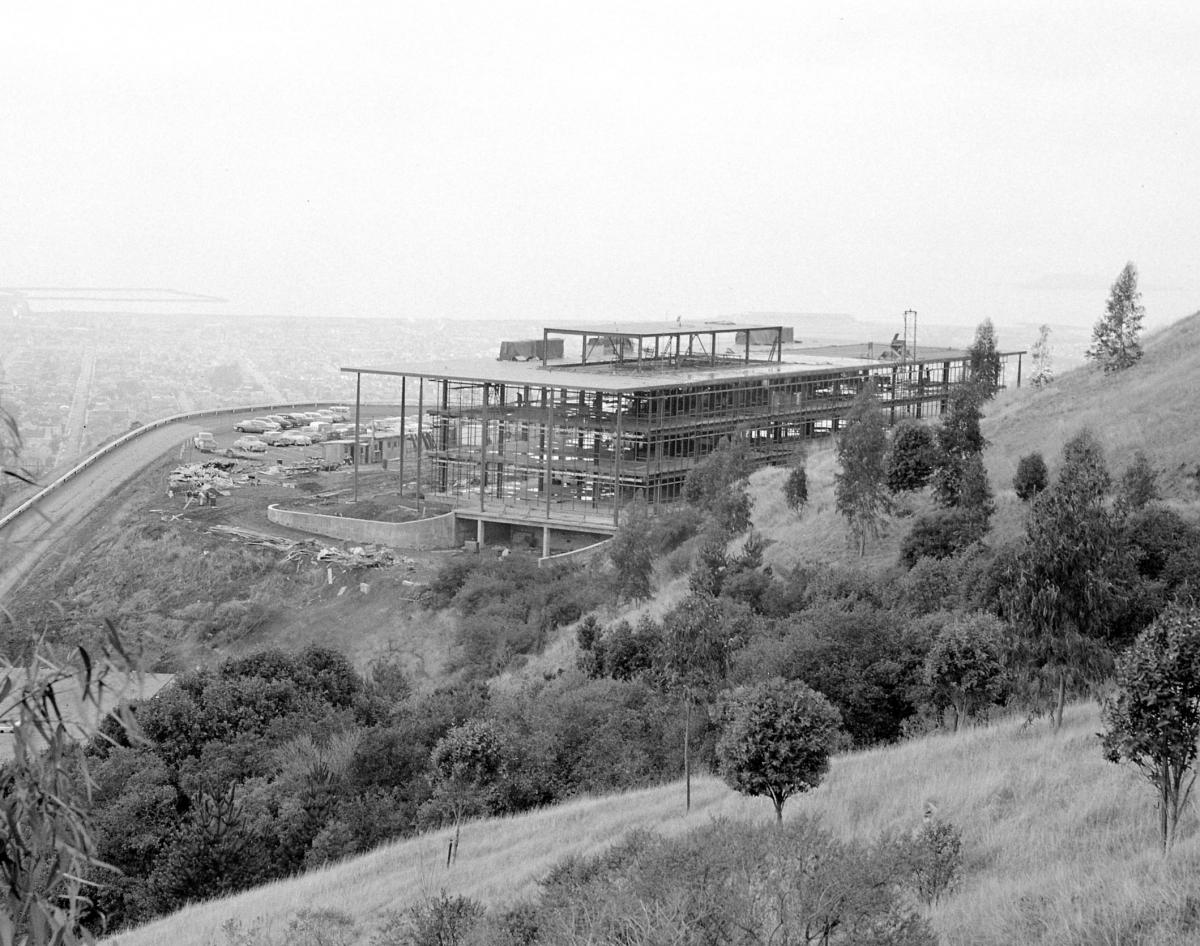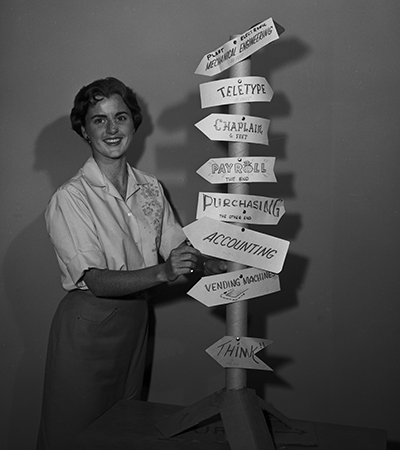Ernest Orlando Lawrence arrived at the University of California’s Berkeley campus in the summer of 1928. He was 27 years old. From the beginning, he began crossing entrenched disciplinary lines, bringing scientists, engineers, and students from a variety of disciplines together, setting the pattern for the unique laboratory he created. By 1930, he built his first cyclotron, and by 1939 he was awarded the Nobel Prize in Physics for his invention. As the story goes, when his grand ideas would no longer fit on UC Berkeley's main campus, officials granted the land in the hills, as it was not seen as valuable at the time. Throughout the next decades, Lawrence founded his Radiation Laboratory, moved his growing laboratory to the Berkeley hills location, and, eventually, died in August 1958. Edwin McMillan took over his post as director and the Lab was renamed Lawrence Radiation Laboratory.


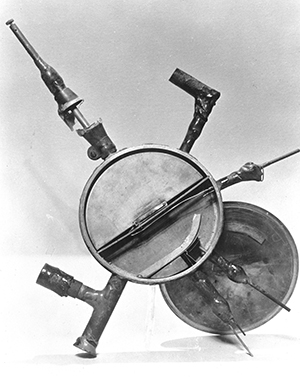
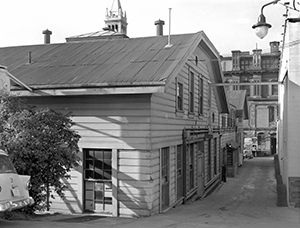

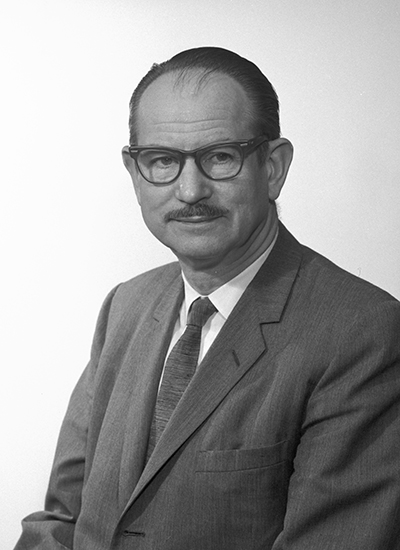 August 27, 1958 - Lawrence dies, Edwin McMillan takes over
August 27, 1958 - Lawrence dies, Edwin McMillan takes over